Cammus LC100 Load Cell Sim Racing Pedals: A Review
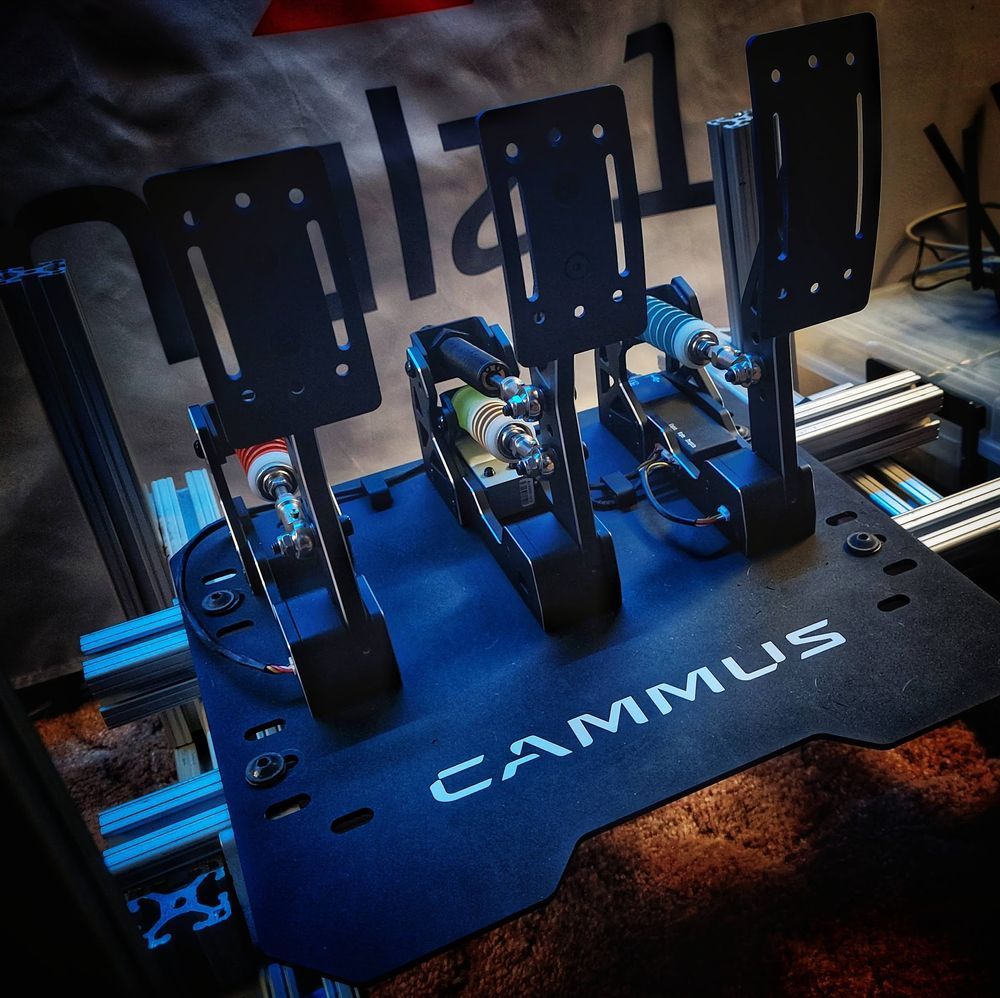
When it comes to sim racing peripherals, the steering wheel and pedals are critical components. Early in my journey, I found that load cell brakes provide significantly more accurate and consistent braking when driving on the edge of control. However, high-end pedal sets can cost upwards of $700 just for the pedals alone.
Cammus has introduced the LC100, which features a 100kg load cell brake pedal along with clutch and throttle pedals using hall sensors. The LC100 also offers adjustable brake damper, throw, and stiffness adjustments. This all comes at an affordable price compared to competitors.
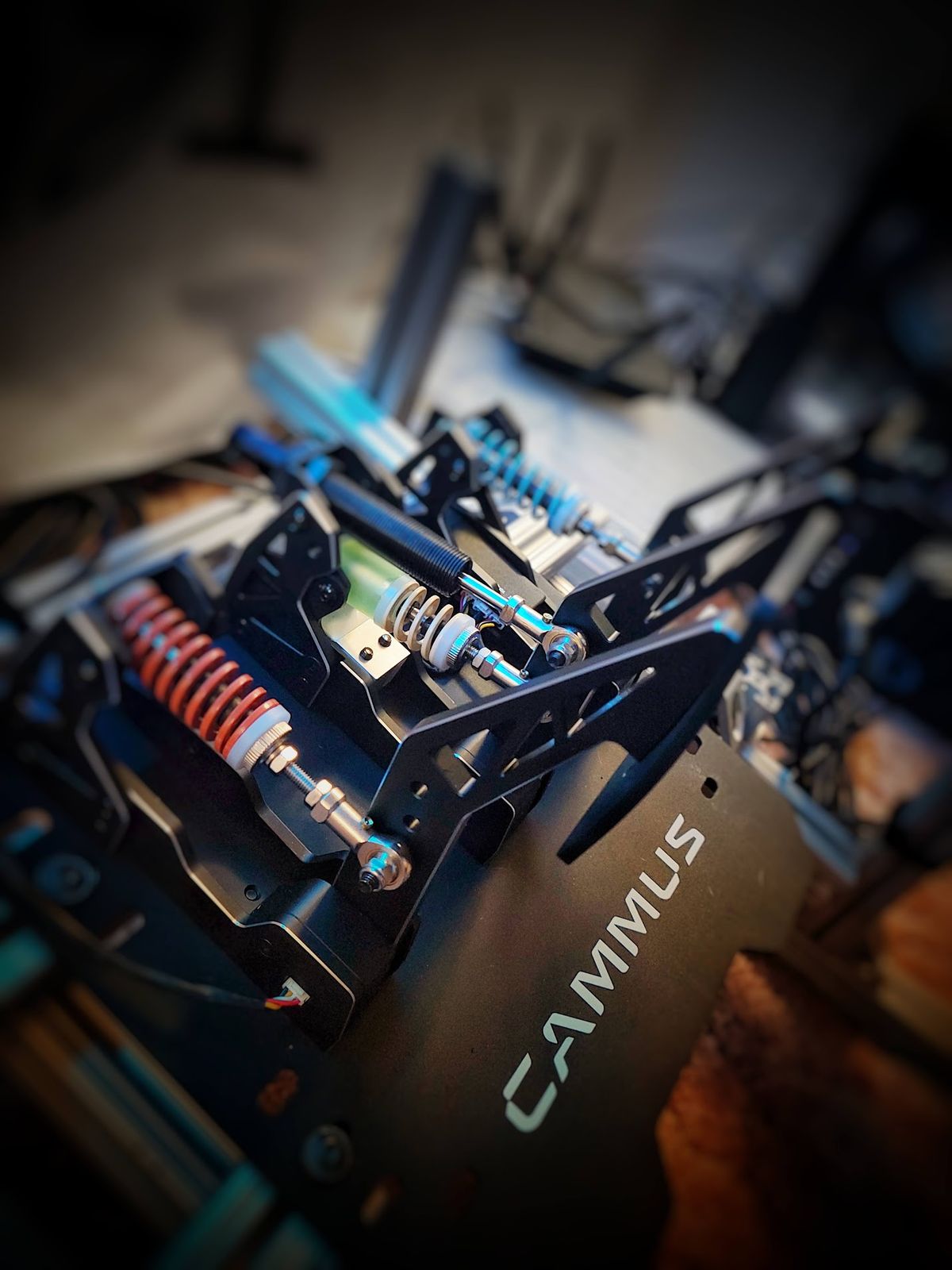
Unboxing
The package includes three individual pedals that attach to a metal baseplate with bar-shaped mounting holes for customization. This robust baseplate is designed to provide precise pedal placement options, similar to real car pedals.
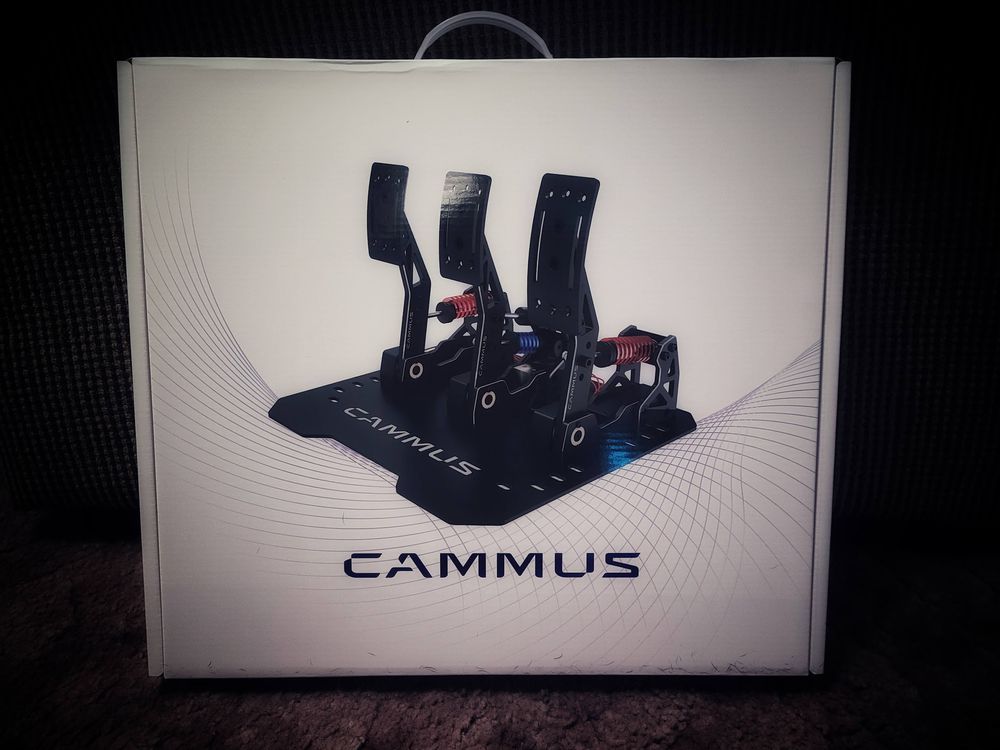
Build Quality
The build quality of the LC100 pedals is impressive. They are all-metal and feel sturdy, providing a solid driving experience without any concerns about durability. The metal design gives them a realistic feel and allows you to stomp on the brake with confidence.
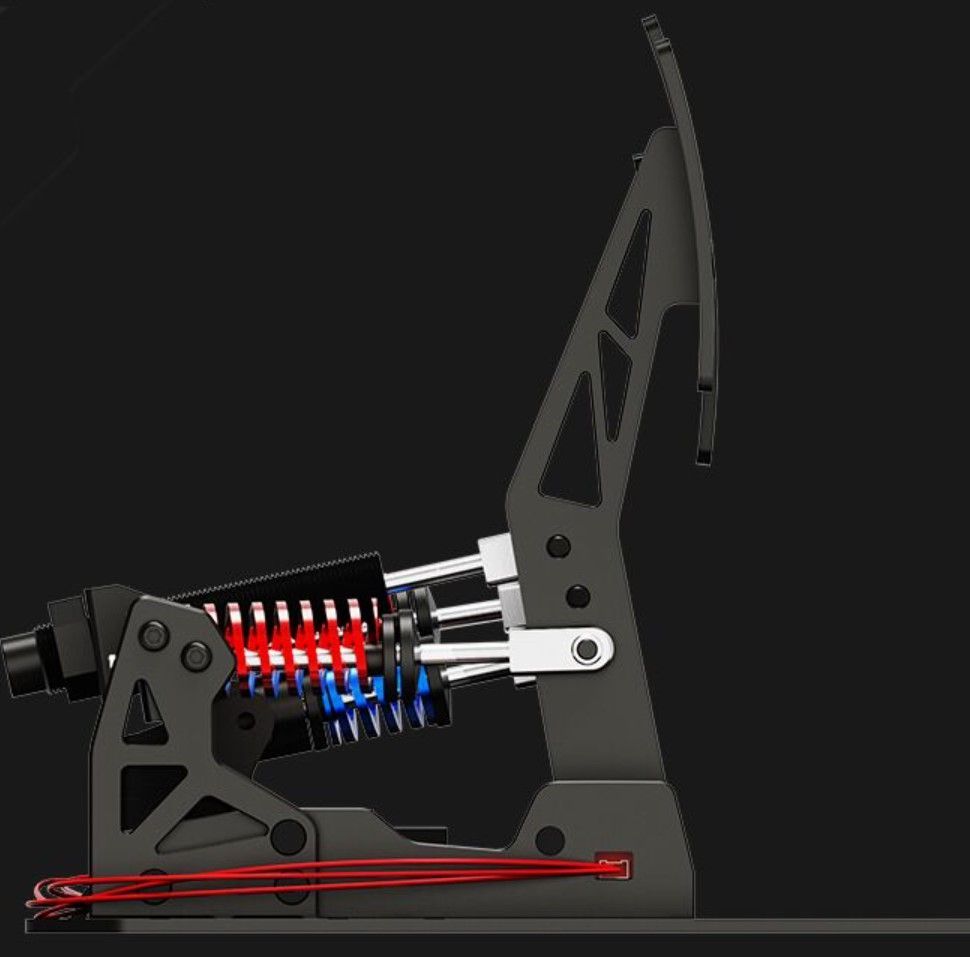
Setup
Attaching the pedals to the baseplate is straightforward. The baseplate features horizontal slots, each approximately 20mm in length, allowing for some flexibility in adjusting the pedals' distance from each other. On the pedals, there are two drilled holes on each side, facilitating easy insertion of the supplied screws, which can be secured with a lock nut. The base plate was able to be securely attached to my aluminum profile rig using T-nuts and washers.
Adjustability
- Clutch and Throttle: You can adjust the spring pre-load stiffness and throw of these pedals easily by twisting a simple ring on the central axis. Turning clockwise tightens the spring for a firmer feel, while counterclockwise loosens it. There are also three holes in the aluminum arm to allow you to adjust the central axis height for varied pedal feel.

- Brake Pedal: The brake pedal features two axes and a 100kg load cell. The first axis includes a spring and elastomer, which provides preload and contributes to the overall pedal feel, while the elastomer determines the stiffness of the pedal. The second axis is connected to a damper whose stiffness can be adjusted using a rotary knob (8 positions) for quick transitions between brake feels. Additionally, the travel adjustment of the damper can be made by moving it to adjust pedal travel.
The three pedals connect to a control box housed underneath the throttle. This control box connects to your computer via USB Type-C and comes with cable channels to easily route cables.
Software
Cammus provides software that features basic customization options for each pedal's input. The calibration process is simple: select “set min” and “set max” for each pedal, then press the pedals one by one to set their maximum points. Unfortunately, this is the only software customization provided at this time.
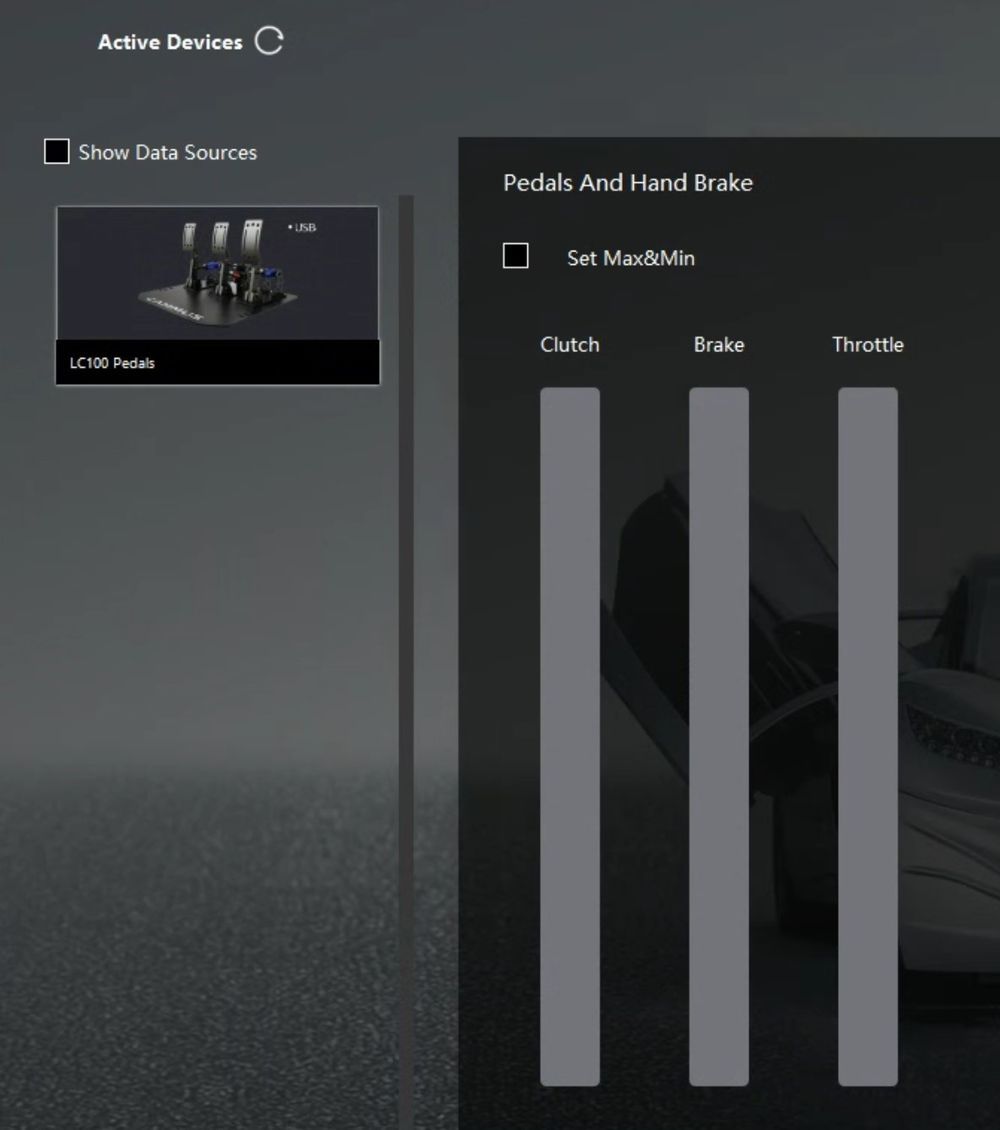
Using The Pedals
After setting up the pedals and mounting them securely onto my rig, I could finally test them in action:
- Throttle: The throw was longer than my Thrustmaster TLCM pedals but required less pressure. The spring preload can be adjusted to achieve precise control.
- Brake: With default settings, the throw was longer than desired, so I tightened the spring a little bit to shorten it. The damper allows you to adjust the initial pressure needed to activate the brake. A higher damper setting makes the brake stiffer on initial depression, while a lower setting results in a "squishy" feel.
- Clutch: Similar adjustments were made for the clutch pedal, with a longer throw but no distinct bite point.
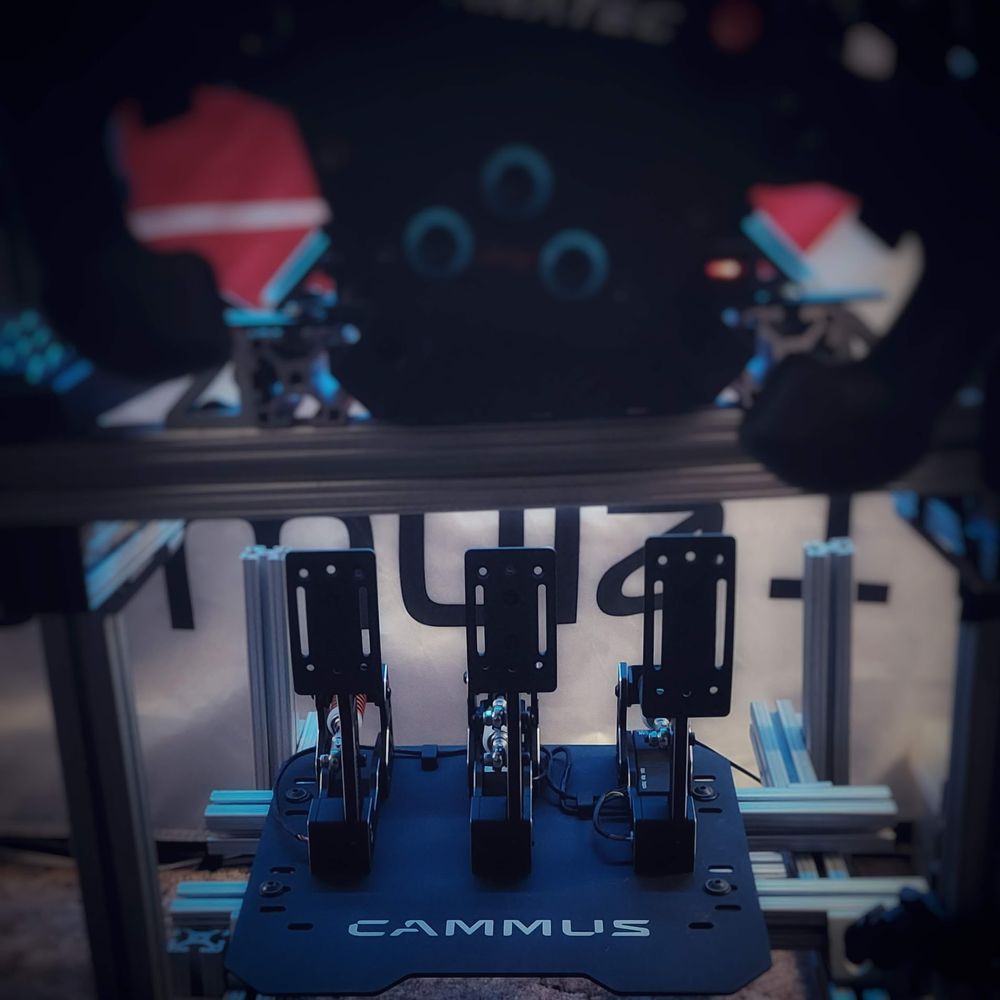
Conclusion
The Cammus LC100 pedals present a compelling option for sim racers seeking high-quality peripherals without breaking the bank. Offering robust build quality, extensive adjustability, and easy installation, these pedals deliver a driving experience that feels remarkably close to the real thing. Although the software customization is limited, the straightforward calibration process allows for quick setup. From the responsive throttle to the customizable brake feel and linear clutch operation, the LC100 pedals cater to individual preferences, allowing each driver to fine-tune their setup. Whether you're a seasoned veteran or just starting out, the Cammus LC100 pedals provide an accessible yet powerful solution for elevating your sim racing experience.
This post contains affiliate links. If you use these links to buy something, we may earn a commission. Thanks.